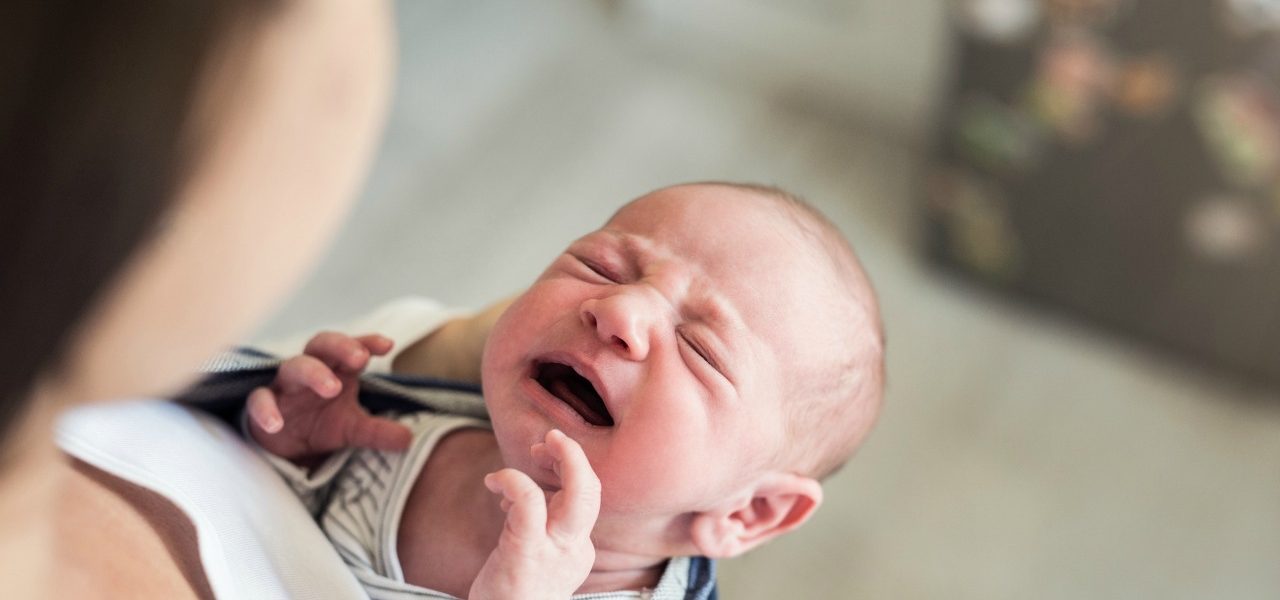What is the truth about circumcision healing? Is it the exact same as for babies? Is it safer to have babies? And how come I’m constantly told I should have more kids? Continue reading to learn more about this fascinating topic.
Circumcision Healing Adults but let’s talk about normal circumcision healing. Most adult males prefer a routine, normal circumcision. Reasons may be hygiene, looks, or infections and tightness. Adult circumcision can generally be performed under general or local anesthesia.
Some adults prefer to have a routine, normal circumcision first, as stated above. The entire foreskin can be removed in between two and eight days. The doctor will numb you are using local or general anesthesia. After removing the skin, the doctor will make a “cut” in its shaft to create a small opening for surgeons. The penis is then folded over and stitched together.
Circumcision Healing For Your Baby or Child If your baby is crying excessively or he seems to be irritable, he may need to be seen by his pediatrician soon. Normal recovery takes one to three days. Some parents like to keep their children home from school until their genital area begins to heal. This allows the wounds to heal properly while school is closed. Normal recovery takes one to two days.
Do not give pain medicine (including tetracycline) to your child until he has had at least one follow up visit to his doctor to be sure the wound has healed. Your doctor should discuss any medication you give to your child. Tetracycline is usually prescribed after two to four days. Tetracycline can cause loss of appetite, vomiting, diarrhea, drowsiness and fever.
After normal healing has been completed, you should not give pain medication (including tetracycline), to your baby without having at least one follow-up visit to his doctor. Any medication given to your baby should be discussed with your doctor. Stopping any medication that causes a loss of appetite within three to five working days is advisable. Your child may only need to stop any bleeding from the wound after it has been circumcised.
If you have concerns about your baby’s health, talk to your pediatrician. He will ask questions about your baby’s past medical history. He will ask about your baby’s past medical history and ask about any symptoms. He will likely perform an ear, nose, and throat exam to rule out any possible infections, and may order laboratory tests, and/or a gastroenterologist to confirm the results.
Parents have many options to choose from when deciding whether to circumcise their baby. The safest choice is always the best. Don’t take this decision lightly. Circumcision Brisbane is the removal of most of the male foreskin. Take the time to explore all of your options.
Parents are concerned about possible complications of circumcision. These complications include possible infections, penile trauma, bleeding, and even death. These complications are very rare but they can happen. If you have questions, discuss them with your doctor. Based on his evaluation and examination of your child, he can provide you with informed advice.
Normally, the head of the penis looks well-healed but not normal to you. The reddish area is because a skin tag (cellulite) has been added to your penis. It’s embarrassing and unappealing. Fortunately, it will eventually go away. If you have questions, discuss them with your doctor.
This is a common problem, but it will resolve on its own. It may be necessary to wash the bruises and blood with soap and water. Here are some tips from your doctor.
You should lessen any crying and irritation by using petroleum jelly (such as Neosporin) and applying it to the wound twice a day. A bandage will help keep it moist and clean. To apply pressure to the area and keep it clean, use cotton balls. To see the blood or bruising, you shouldn’t lift the foreskin. After the stitches are removed, it should reduce any burning sensation and pain.

